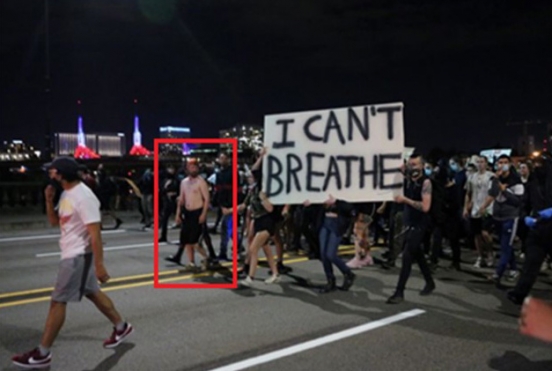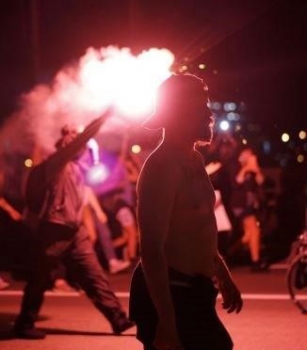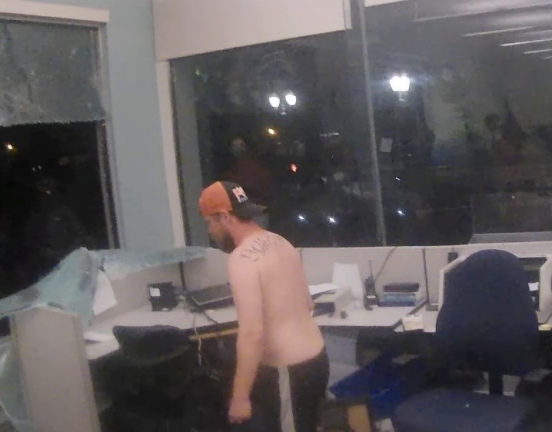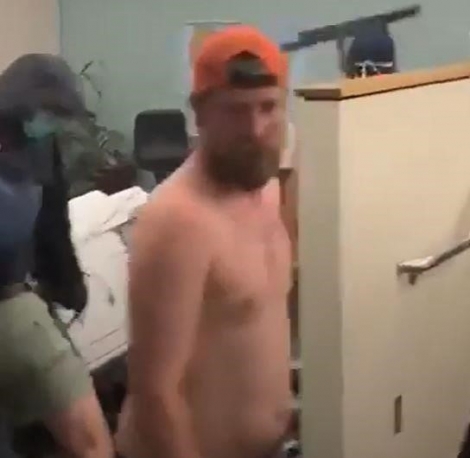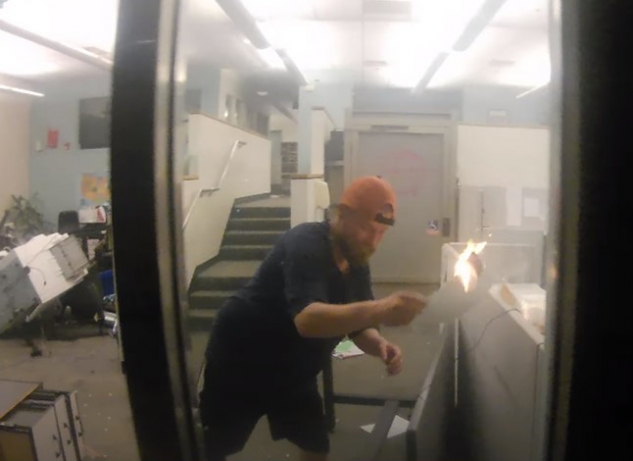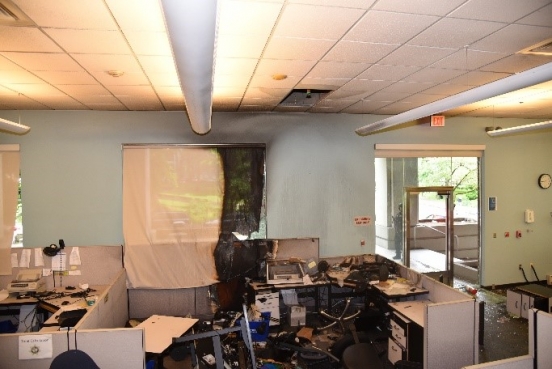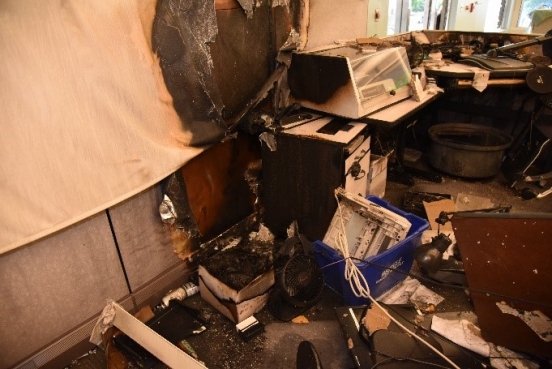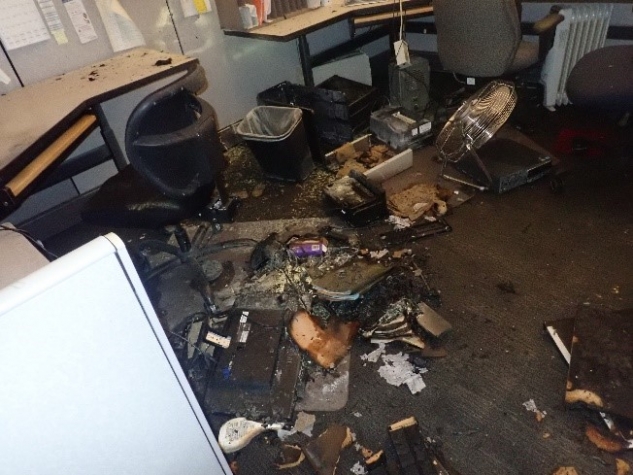Primer: This decision has far reaching consequences including other states with the same shutdown orders. Further, it makes those states vulnerable to class action lawsuits by business owners, churches, schools and public gatherings of various sorts over revenue/economic loss.
***
In today’s decision in County of Butler v. Wolf (W.D. Pa.), Judge William S. Stickman IV broadly struck down the Pennsylvania shutdown orders, reasoning:
[1.] The court held that Jacobson v. Massachusetts (1905), which ruled in favor of broad government power in an epidemic, should not be applied, and instead the government’s heightened interests in public health should be considered within the normal framework of constitutional scrutiny (e.g., in deciding whether a law is narrowly tailored to an important government interest):
Jacobson was decided over a century ago. Since that time, there has been substantial development of federal constitutional law in the area of civil liberties. As a general matter, this development has seen a jurisprudential shift whereby federal courts have given greater deference to considerations of individual liberties, as weighed against the exercise of state police powers. That century of development has seen the creation of tiered levels of scrutiny for constitutional claims. They did not exist when Jacobson was decided. While Jacobson has been cited by some modern courts as ongoing support for a broad, hands-off deference to state authorities in matters of health and safety, other courts and commentators have questioned whether it remains instructive in light of the intervening jurisprudential developments….
The Court has reviewed {Lindsay F. Wiley & Stephen I. Vladeck, Coronavirus, Civil Liberties, and the Courts: the Case Against “Suspending“ Judicial Review, 133 Harv. L. Rev. F. 179 (2020)} … and finds it both instructive and persuasive. There, the learned professors argue that Jacobson should not be interpreted as permitting the “suspension” of traditional levels of constitutional scrutiny in reviewing challenges to COVID- 19 mitigation measures…. The Court shares [these concerns] …. The Court will apply “regular” constitutional scrutiny to the issues in this case. Two considerations inform this decision—the ongoing and open-ended nature of the restrictions and the need for an independent judiciary to serve as a check on the exercise of emergency government power….
The Court closes this Opinion as it began, by recognizing that Defendants’ actions at issue here were undertaken with the good intention of addressing a public health emergency. But even in an emergency, the authority of government is not unfettered. The liberties protected by the Constitution are not fair-weather freedoms—in place when times are good but able to be cast aside in times of trouble.
There is no question that this Country has faced, and will face, emergencies of every sort. But the solution to a national crisis can never be permitted to supersede the commitment to individual liberty that stands as the foundation of the American experiment. The Constitution cannot accept the concept of a “new normal” where the basic liberties of the people can be subordinated to open-ended emergency mitigation measures. Rather, the Constitution sets certain lines that may not be crossed, even in an emergency. Actions taken by Defendants crossed those lines. It is the duty of the Court to declare those actions unconstitutional. Thus, consistent with the reasons set forth above, the Court will enter judgment in favor of Plaintiffs.
[2.] The court then concluded that the limits on nonreligious gatherings (“25 persons for indoor gatherings and 250 persons for outdoor gatherings,” “specifically exempt[ing] religious gatherings and certain commercial operations”) violate the Assembly Clause. The court concluded the restrictions were content-neutral, and therefore applied intermediate scrutiny—but held that the restrictions failed this scrutiny:
Defendants’ congregate limits are not narrowly tailored. Rather, they place substantially more burdens on gatherings than needed to achieve their own stated purpose. This is not a mere supposition of the Court, but rather, is highlighted by Defendants’ own actions. While permitting commercial gatherings at a percentage of occupancy may not render the restrictions on other gatherings content-based, they do highlight the lack of narrow tailoring.
Indeed, hundreds of people may congregate in stores, malls, large restaurants and other businesses based only on the occupancy limit of the building. Up to 20,000 people may attend the gathering in Carlisle (almost 100 times the approved outdoor limit!)- with Defendants’ blessing. Ostensibly, the occupancy restriction limits in Defendants’ orders for those commercial purposes operate to the same end as the congregate gathering limits-to combat the spread of COVID-19. However, they do so in a manner that is far less restrictive of the First Amendment right of assembly than the orders permit for activities that are more traditionally covered within the ambit of the Amendment political, social, cultural, educational and other expressive gatherings.
Moreover, the record in this case failed to establish any evidence that the specific numeric congregate limits were necessary to achieve Defendants’ ends, much less that “[they] target and eliminate no more than the exact source of the ‘ evil’ [they] seek to remedy.” [Sam Robinson, a Deputy Chief of Staff to the Governor] testified that the congregate limits were designed to prevent “mega-spreading events.” However, when asked whether, for example, the large protests—often featuring numbers far in excess of the outdoor limit and without social distancing or masks—led to any known mega-spreading event, he was unable to point to a single mega-spreading instance. (ECF No. 75, p. 155) (“I am not aware specifically. I have not seen any sort of press coverage or, you know, CDC information about that. I have not seen information linking a spread to protests.”).
Further, the limitations are not narrowly tailored in that they do not address the specific experience of the virus across the Commonwealth. Because all of Pennsylvania’ s counties are currently in the “green phase,” the same restrictions apply to all. Pennsylvania has nearly fourteen million residents across sixty-seven counties. Pennsylvania has dense urban areas, commuter communities servicing the New York metropolitan area, small towns and vast expanses of rural communities. The virus’ s prevalence varies greatly over the vast diversity of the Commonwealth—as do the resources of the various regions to combat a population proportionate outbreak. Despite this diversity, Defendants’ orders take a one-size fits all approach. The same limits apply in counties with a history of hundreds or thousands of cases as those with only a handful. The statewide approach is broadly, rather than narrowly, tailored.
The imposition of a cap on the number of people that may gather for political, social, cultural, educational and other expressive gatherings, while permitting a larger number for commercial gatherings limited only by a percentage of the occupancy capacity of the facility is not narrowly tailored and does not pass constitutional muster. Moreover, it creates a topsy-turvy world where Plaintiffs are more restricted in areas traditionally protected by the First Amendment than in areas which usually receive far less, if any, protection. This inconsistency has been aptly noted in other COVID-19 cases….
This is a plausible argument, given that the law seems to treat constitutionally protected activity worse than other activity. But I’m far from certain that it will be upheld on appeal, given courts’ general (and likely correct) tendency to give the government considerable latitude in trying to contain the disease while minimizing the economic devastation of the shutdowns.
I also think a stronger argument would have been that the restrictions don’t leave open “ample alternative channels” for expression—a separate prong of the content-neutral restriction test—especially given that the First Amendment singles out peaceable assembly as a separately protected right: other channels would be more expensive, or wouldn’t reach the same audience, or wouldn’t convey the same message. (See City of Ladue v. Gilleo (1994).) I expect the challengers will make that argument on appeal, as they are entitled to do: A judgment can be defended on appeal on any basis fairly presented by the record, including one on which the trial court didn’t rely.



 John Kerry/Wendy Sherman negotiators of JCPOA
John Kerry/Wendy Sherman negotiators of JCPOA


